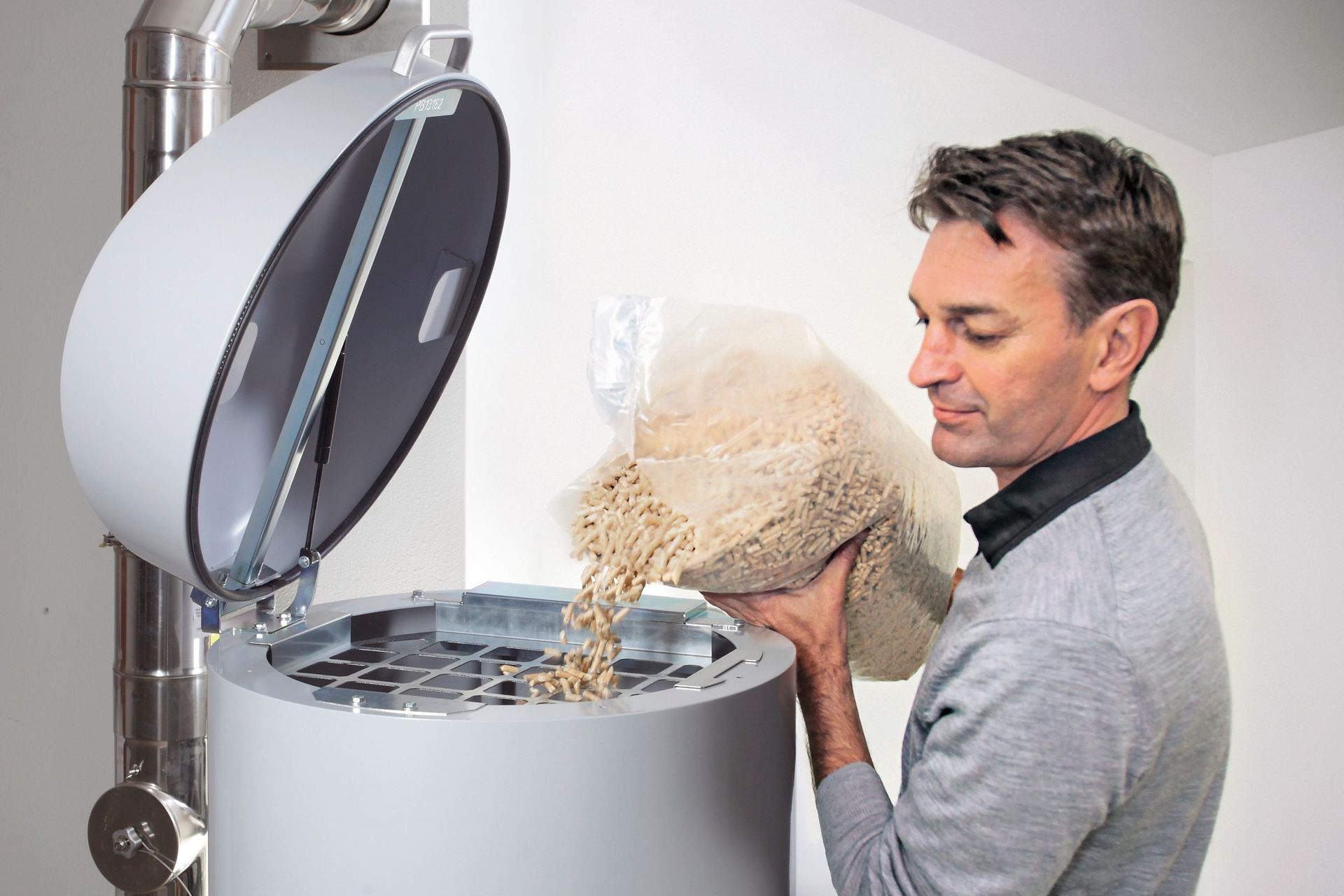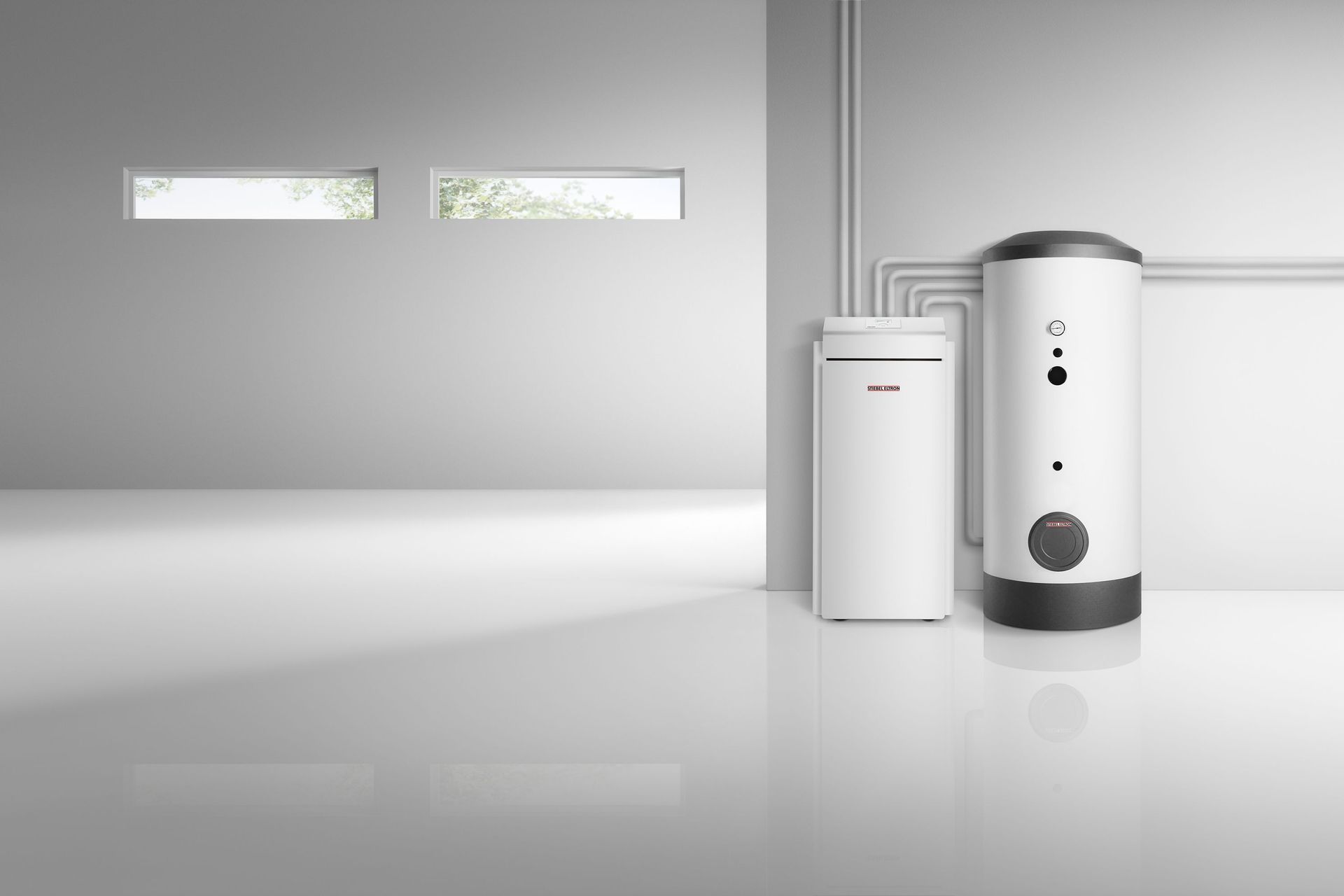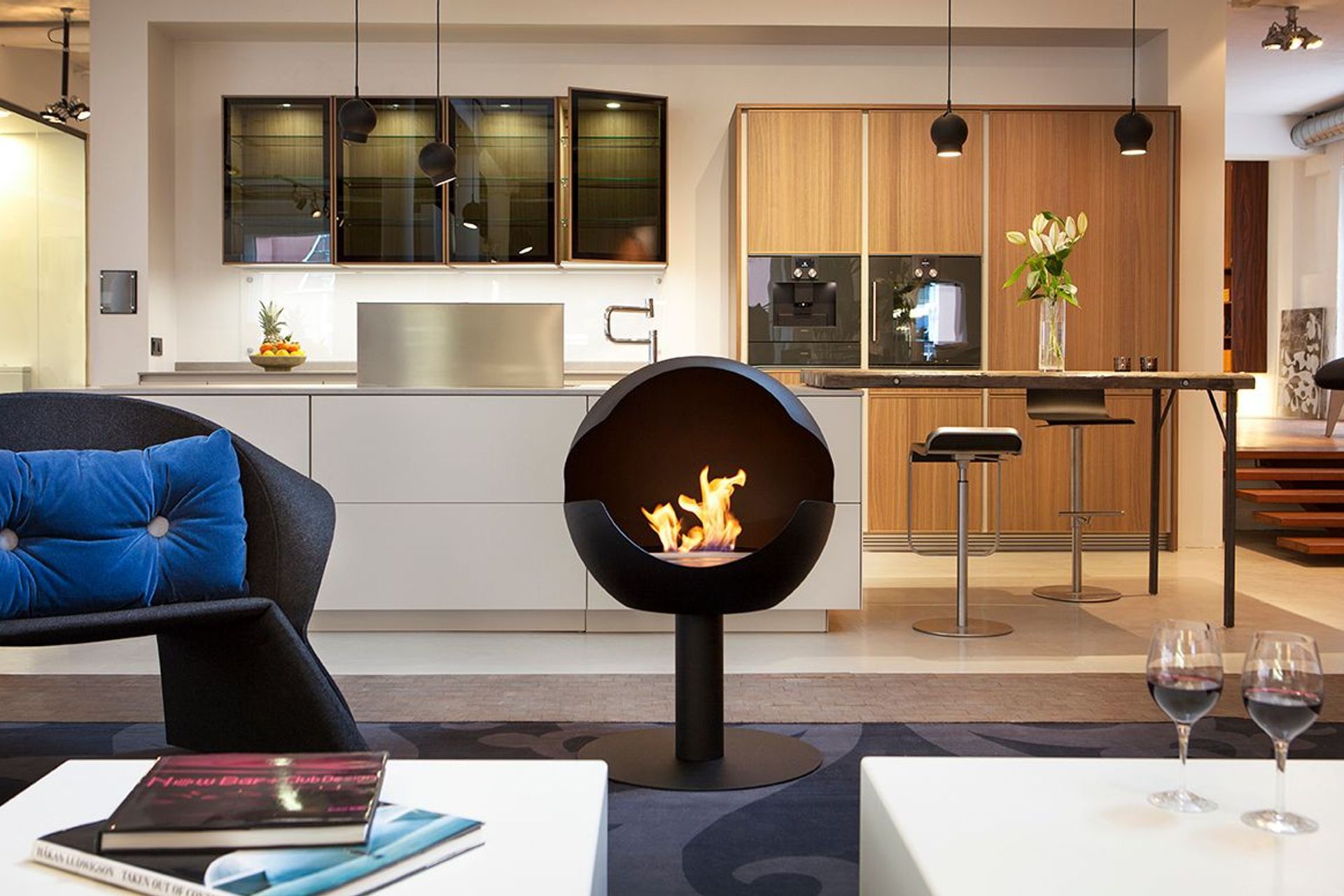4 innovative home heating solutions
Written by
05 May 2020
•
5 min read
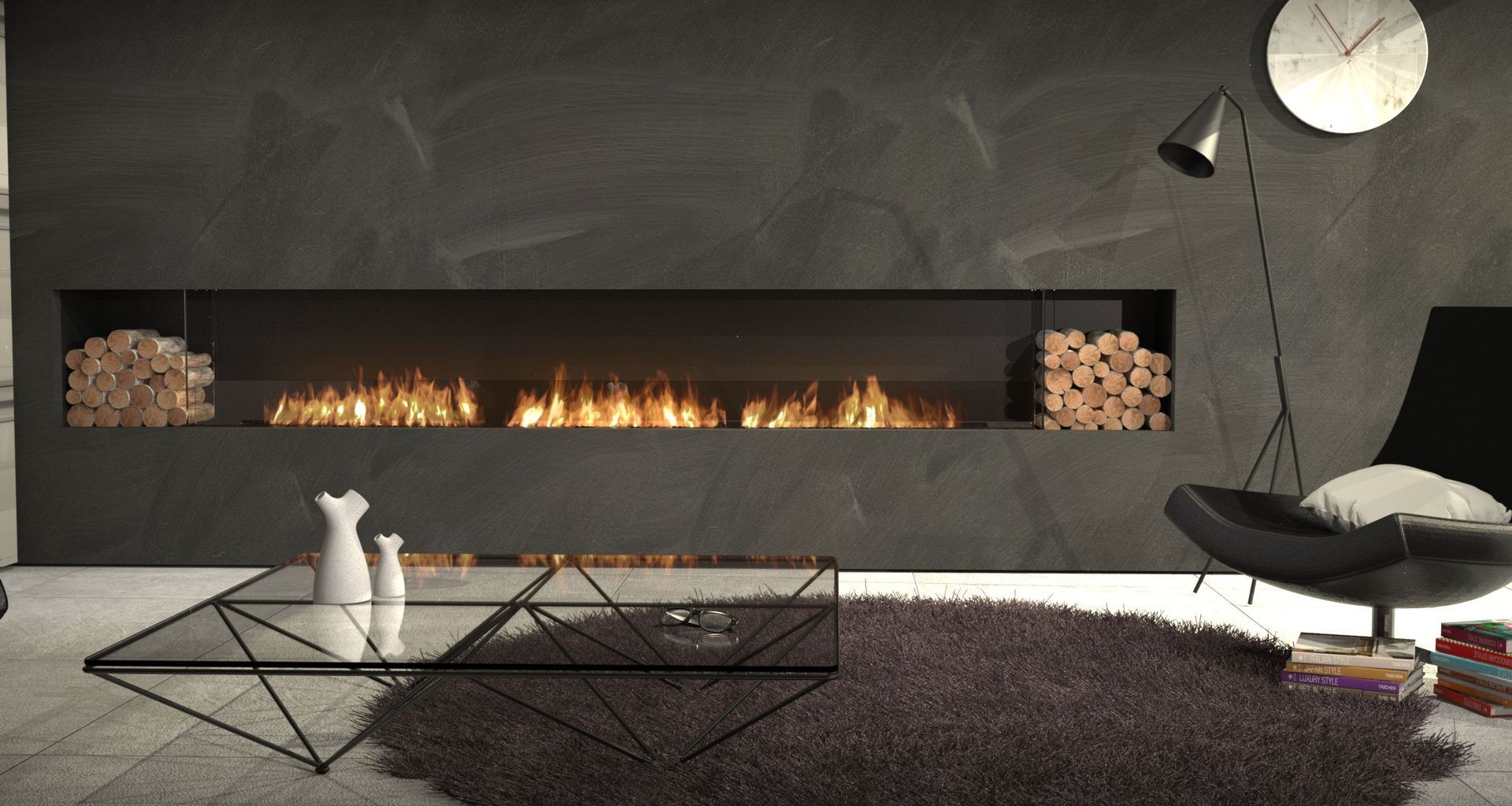
There once was a time when the only way to heat a dwelling was with an open fireplace. While the simple charms of a woodburner haven't diminished, different homes and climates have different heating needs. Thankfully, there are now more home heating options than ever before, using different fuels and techniques to make your house comfortable and warm.
Here are four innovative ways to heat your home.
1. Easypell pellet boilers for central heating
Central heating systems are great for spreading warmth all throughout a house, and with a Easypell pellet boiler you can do it in a sustainable and eco-friendly way.
Unlike traditional boilers that use fossil fuels, Easypell pellet boilers provide energy by burning wood pellets. These small pellets are made from wood shavings, industrial off-cuts, sawdust and other recycled sources to create a fuel that's 100 per cent renewable.
The base materials are dried, ground up, and then compressed into uniform sized pellets, making them energy-dense and low in moisture content.
Using a boiler with pellets couldn't be simpler. All you need to do is top up the hopper around once a week, remove the ash once a month, and give the whole unit a clean only once a year. Everything else is fully automatic.
A pellet boiler will heat your hot water too, potentially further reducing your household electricity usage.
Get yours from Apricus.
2. Geothermal heat pump
There's a tremendous amount of energy available in the earth's crust; enough, certainly, to heat your home if you have a way to harness it. Geothermal heat pumps are designed to do exactly that, taking energy stored in the ground from the earth's core and solar radiation, and feeding it into a home's central heating or hot water system.
Geothermal energy of this kind isn't limited to those parts of the country with high geothermal activity like Rotorua or Taupo; geothermal heat pumps can therefore be used all over the country, providing renewable energy in an easy and low-maintenance manner.
The WPF (S) series from Stiebel Eltron are designed to provide underfloor and radiator heating, as well as hot water. They're easy to install and can be retrofitted in homes that weren't initially designed with a geothermal system in mind.
3. Bioethanol fireplaces
If you like the aesthetics of a woodburner—the visuals of the flame and the way a fireplace can be a feature element—but don't like the hassle of firewood and can't get connected to gas, a bioethanol fireplace can be a great alternative.
They work by burning ethanol, which is pure alcohol, and give off a fantastically animated flame with no need for a chimney or other specialist ventilation due to ethanol's clean burning characteristics. Because of this, they can be treated like any other piece of furniture and be placed anywhere in the room, and come in a variety of designs and sizes.
The versatility of ethanol fires means they can be placed in multiple spots around the home: in bathrooms, by pools, outdoor eating areas—anywhere you might want a source of heat but don't necessarily want connected to a mains system like a gas fire or other electric heater might.
They're simple to get started too: just pour your ethanol into the burner tray, light it with a long match or stick lighter and then just let it burn.
4. Hydronic underfloor heating
Central heating systems often use radiators in key locations to spread heat around the house. While this is effective, it requires wall space for radiators to occupy. There is, however, an alternative central heating system that works invisibly, and that's hydronic underfloor heating.
Instead of hot water pipes connecting to a network of radiators, the pipes are laid out in a network under the floor, which then radiates heat into the room. Underfloor heating isn't as intense as radiator heat (you wouldn't want your floors being hot to the touch!) but it can be just as effective at keeping the entire house warm.
The most common underfloor heating setups in New Zealand are in-slab, which means the pipes are set into the construction slab of the building itself. It's a relatively simple and inexpensive method that allows the entire slab to retain the heat once it's built up.
Hydronic underfloor heating can be fuelled using a boiler or a heat pump. A common solution for heat pumps are air source models, which work in a similar fashion to geothermal heat pumps, only they take energy from the air instead of from the earth.
Many flooring products, like the Manor Atelier engineered timber picture below, are compatible with hydronic systems, so don't think you're limited to floor surfaces like polished concrete or tiles.
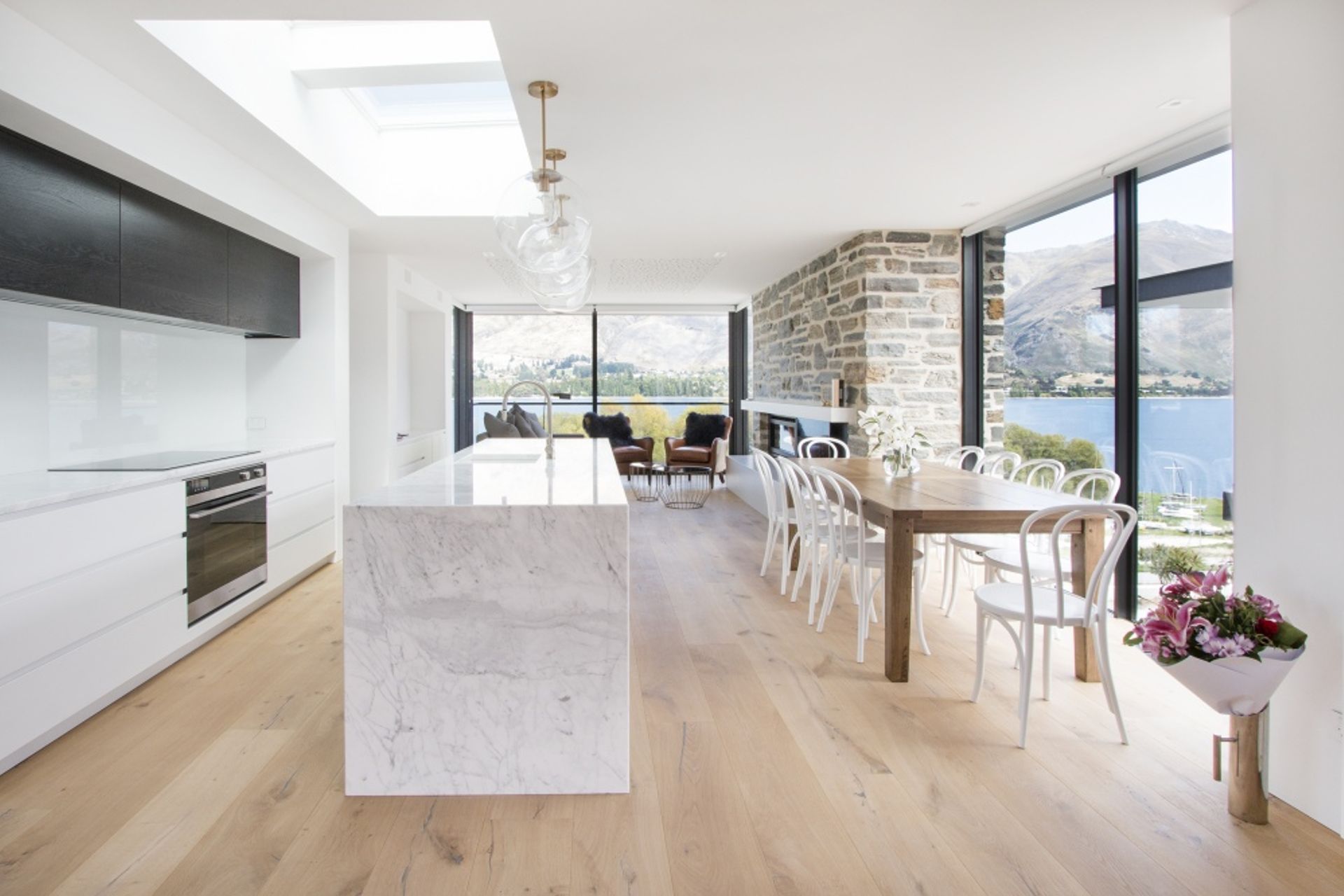
To find out more about innovative solutions for warming your home this winter, browse heating products.
<sup>Top banner image credit: </sup><sup>Naked Flame</sup>
